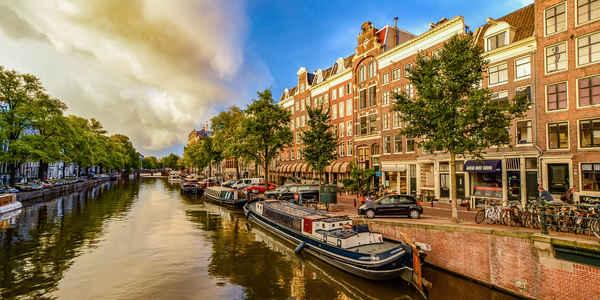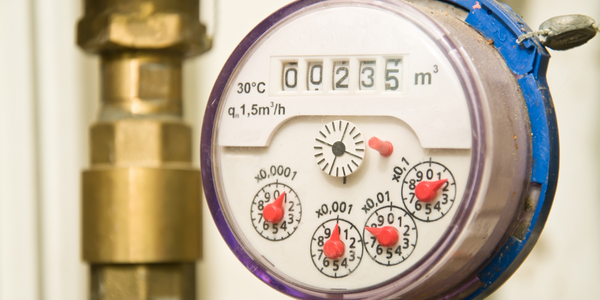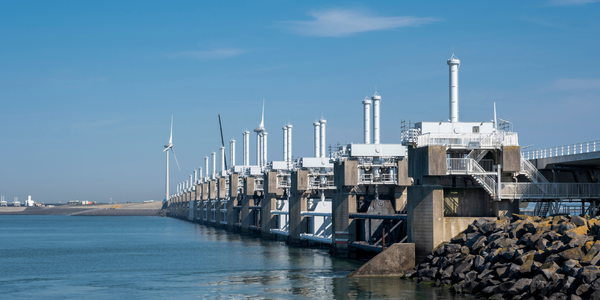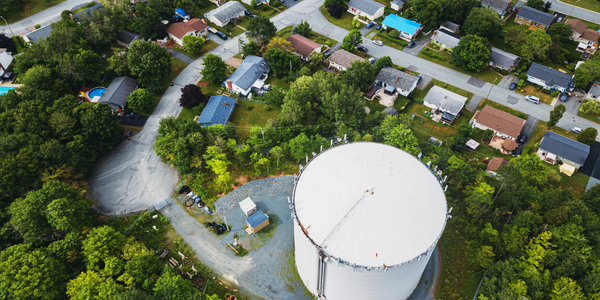技术
- 传感器 - 电表
用例
- 智慧城市供水管理
- 水务管理
关于客户
Padania Acque 是一家位于意大利克雷莫纳省的供水服务提供商。该公司负责为该地区 113 个城市提供供水服务。作为水服务领域的主要参与者,Padania Acque 致力于确保客户可靠且可持续的运营。该公司不断寻求创新的解决方案,以改善其运营并为客户提供更好的服务。采用 EcoStruxure 水和废水处理解决方案证明了该公司对创新和可持续发展的承诺。
挑战
Padania Acque 是一家为意大利克雷莫纳省 113 个城市提供供水服务的公司,在管理供水系统方面面临着挑战。该公司正面临高水损失的困境,水损失远高于全国平均水平。这不仅导致宝贵资源的浪费,而且影响了公司的财务业绩。事实证明,传统的控制和管理方法效率低下,导致运营效率低下。该公司迫切需要一种解决方案来帮助其监控和优化整个供水系统,并使其能够采取预测行动,以确保客户可靠且可持续的运营。
解决方案
Padania Acque 向 EcoStruxure 寻求水和废水解决方案,包括 EcoStruxure Water Advisor – 水损失和水模拟。这些解决方案使该公司能够监控和优化整个供水系统。 EcoStruxure Water Advisor – 水损失解决方案帮助该公司识别和解决水损失区域,从而减少浪费。另一方面,水模拟解决方案使该公司能够采取预测行动,以确保可靠和可持续的运营。这些解决方案提供的数字化控制和管理显着改善了公司的运营。
运营影响
数量效益

Case Study missing?
Start adding your own!
Register with your work email and create a new case study profile for your business.
相关案例.

Case Study
Automation of the Oguz-Gabala-Baku water pipeline, Azerbaijan
The Oguz-Gabala-Baku water pipeline project dates back to plans from the 1970’s. Baku’s growth was historically driven by the booming oil industry and required the import of drinking water from outside of the city. Before the construction of the pipeline, some 60 percent of the city’s households received water for only a few hours daily. After completion of the project, 75 percent of the two million Baku residents are now served around the clock with potable water, based on World Health Organization (WHO) standards. The 262-kilometer pipeline requires no pumping station, but uses the altitude differences between the Caucasian mountains and the capital to supply 432,000 m³/d to the Ceyranbatan water reservoir. To the people of Baku, the pipeline is “the most important project not only in 2010, but of the last 20 years.”

Case Study
Controlling water levels in canals with LoRa
A circuit of the small inland waterways and canals with stops at the numerous quays is a so-called ‘must do’ for tourists as they say. For municipalities or canal authorities however, it is of great importance to have insight in the water level of these canals to prevent them from flooding. To gain more insight in the water level of the canals, the Ministry of Infrastructure uses sensors with RS232 protocols. Since this technology is quite an old-fashioned one, it is not suited for controlling the water level from several canals real-time from distance.

Case Study
15 000 Device Smart Water Metering Solution
Utility management company was looking for a single complete solution that would allow them to manage all services at once with a universal one-gate solution. Looking for such it was decided to deploy an automated resource management system for smart water metering and then expand it to gas and heating AMI step-by-step.Utility management companies are facing several serious challenges for correct consumption statistics and billing:- Manual data provision by customers is often incomplete.- Utility agents collect meter readings sporadically and there is no proof check available.- Residents are not motivated with accurate accounting which means they do not track consumption properly.- There are no clear reasons of dis-balance between amounts of resource supplied and consumed. In some cases, it can reach up to 30% ensuring a residential management company budget loss.- The utility company has no other way but process meter readings manually wasting several days every month for more or less accurate accounting.- Undetected on time, for example, water leaks worsen this situation and brings a lot of damage to the property.

Case Study
IIC - Water Management Testbed
The growing water shortage is regarded as the most crucial global challenge, affecting both developing and developed nations at present. Large amount of water is lost in between the point of production and receipt by end users due to leaky pipes and outdated infrastructure. This results in the loss of millions of dollars and huge wastage of such a key resource. GOAL A substantial opportunity exists to reduce the amount of water lost. As water can be lost at multiple points over a wide geographical area, Internet of Things (IoT) technology is particularly well suited to address this problem. The Smart Water Management Testbed will implement a network of real-time sensors (leakage, moisture, and water -flow detection). These will be deployed at high-risk locations across the testbed water infrastructure to reduce the amount of water being ‘lost’ by: • Rapid detection of leaks • Preemptive detection of potential leaks • Precision irrigation of watered areas

Case Study
IIC - Intelligent Urban Water Supply Testbed
Water, after air, is the second most critical natural resource our lives depend upon. Maintaining adequate clean and safe water supply to urban residents has become ever-challenging. This is especially so under the pressure from the rapid urbanization of the populations in developing countries and increasingly severe constraints of available water resources in many parts of the world. The situation is exacerbated by the inadequate and aging equipment deployed in the water supply infrastructure and the ineffectiveness in the management of the operations of the equipment. The consequence of these conditions impacts to the health and quality of lives of millions of urban residents. The prevailing conditions in the urban water supply systems include: • Safety: Inability to timely detect water quality issues that may lead to health problems • Service Availability: Inability to detect, address and prevent, on a timely basis, operational issues that cause unnecessary service outages • Efficiency: Inability to assess and identify water leakages, and to identify and address energy over-consumption in heavy operational assets (e.g. water-pressurizing bumps), both leading to wastefulness of valuable resources and in the latter case negatively impacting the environment • Effectiveness: Inability to optimize the operation of a group of water-pressuring pumps to provide equitable water supply and to avoid equipment damages under these conditions.




